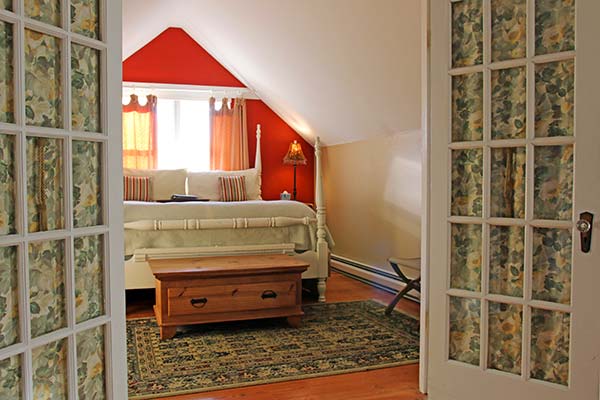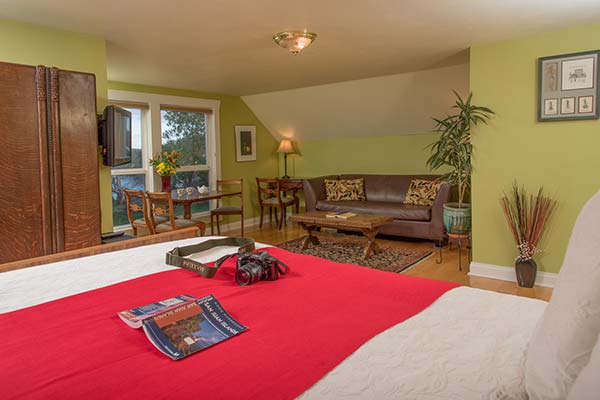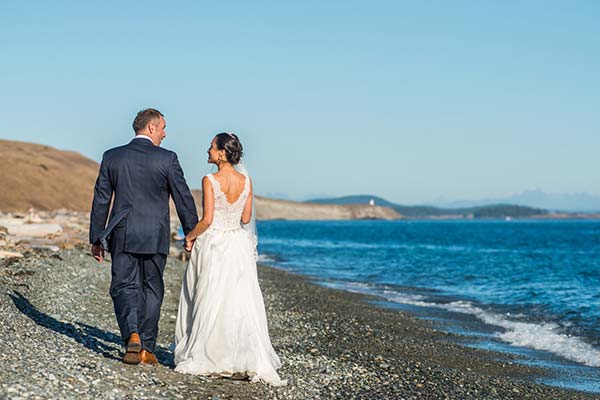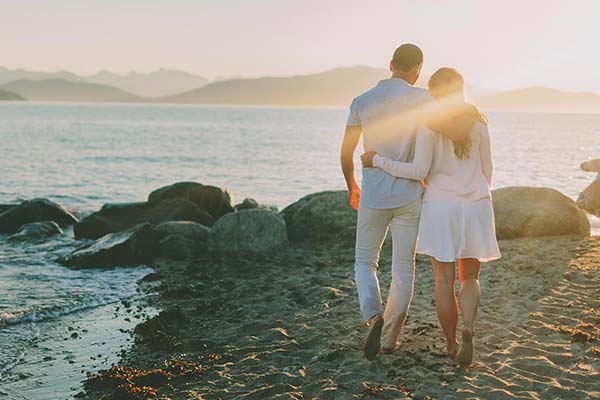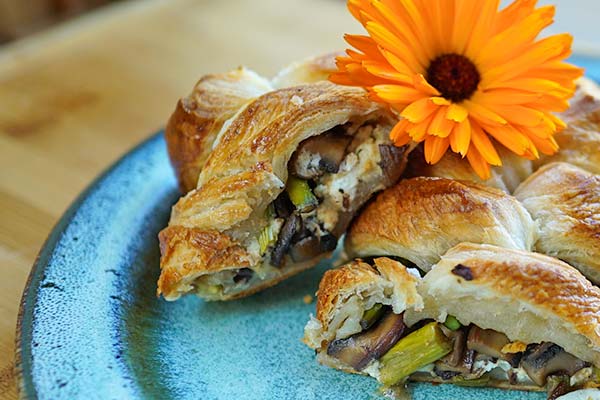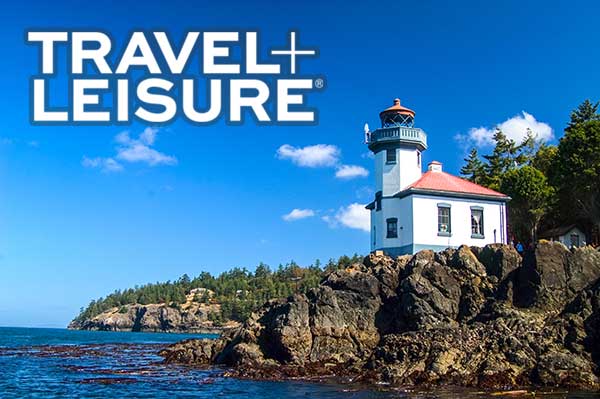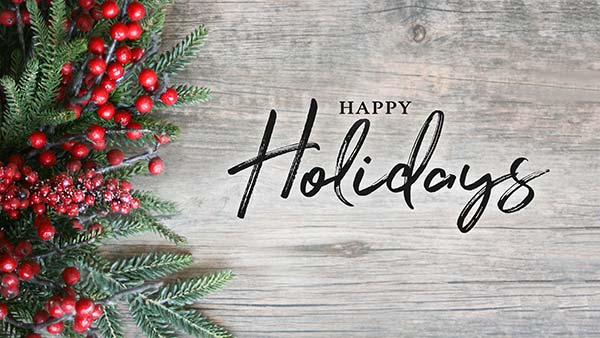Content by Toni Shiurba, Photo by Lindsey Smith Published on September 18, 2017
Upon arrival to any of the San Juan’s, the Salish Sea as it is commonly referred to, is the beautiful body of water surrounding the islands. Northern Straits Coast Salish People inhabited northern Oregon, western Washington, the San Juan’s, the Gulf Islands, neighboring Vancouver Island and the coast of British Columbia. Lummi Indians were the first residents of San Juan Island. A few of the many Northwest tribes include the Kwakiutl, Kwakwaka’wakw, Chinook, Bella Coola, Haida, Tsimshian and Tlingit. The sea, river and forests provided everything needed for survival.
Art Work from the Tribes
The Arctic Raven Gallery is a shop full of works of art from these and other Northwest Indian tribes. Fascinating in the natural material used and the art form itself, this gallery presents museum quality pieces specific to the Northwest Native American cultures.
Elaborate, ceremonial masks carved in the images of animals tell stories of place and beliefs. Regalia in the form of shell beads, feathers, hooves and horns are sewn onto woven goat wool or dog hair robes and blankets. Rattles used in telling stories at Potlatches or by medicine men while healing the sick are reminders of a culture to be understood and respected.
Additionally, images of salmon hewn from cedar and spruce mark the importance of this fish to a people’s endurance and vitality. Slate rock and argillite containers and figures are part of the Arctic Ravens treasury of products.
Carved and embellished sticks tell stories important to the owner or were used as “talking sticks” during gatherings.
Coiled cedar or spruce root baskets take nimble fingers to weave. Meanwhile, interwoven into the baskets are images of fish, animals or geometric designs. To accent the patterns, these native tribes used natural dyes from plant and wood ash.
Finally, harpoon and knife shafts are made of antler, bone and hardwoods like Yew and Madrona. Yew wood was sacred just like cedar. Bows were made from this hardwood along with various pounding tools. Whatever raw materials they needed, nature provided.
Religion in Art
Art Coast Salish Indians held a system of beliefs called Animism. In this, all things are imbued with spirit and everything has to be given its rightful honor. Stories of creation rely on carefully interlaced tales of The Raven, Eagle, and Salmon. Even the murrelet sea bird represents good fortune while the bear symbolized courage and strength.
Coast Salish art reveals legends of creation and the adventures of daily living. Salmon fishing with nets and hunting whales with harpoons from cedar canoes are some of the themes you will see in walrus tusk and bone carvings. Sculptures of women digging for clams or sweet camas root bring the urgency of surviving into focus.
Bone and ivory carvings from tribes in the northern reaches of Alaska boggle the mind in their intricacies. Ivory from walrus tusks and whale bone are used both for their looks and functionality. Scenes from daily life are most prominent. However, dog sledding teams, cedar canoe salmon fishing and bear and moose hunting are some of the motifs represented.
Artists
There are cedar art panels from Kwaguilth artists like Randy Cook who is from the northern part of Vancouver Island.
Another artist, Susan Point, is a Musqueam Coast Salish member who designed and carved the two-post totem erected in the Port Fairweather Park. “Interaction” depicts a woman with outstretched arms and hands, touching the paws of a mountain lion. Arctic Raven exhibits her serigraphs of forest and sea. They are colorful representations of the inter-connectedness of life.
Here you’ll find a section of books on First Nations Peoples as well as puzzles ready to entertain young minds.
Arctic Raven showcases stunning silver jewelry and carved ivory pendants from renowned artists. Stunning earrings and engraved bracelets are perfect wearable art for you to take home.
Come visit the San Juan Islands and explore The Arctic Raven for an exciting adventure into the Native American culture that first survived in the place we now call home.

